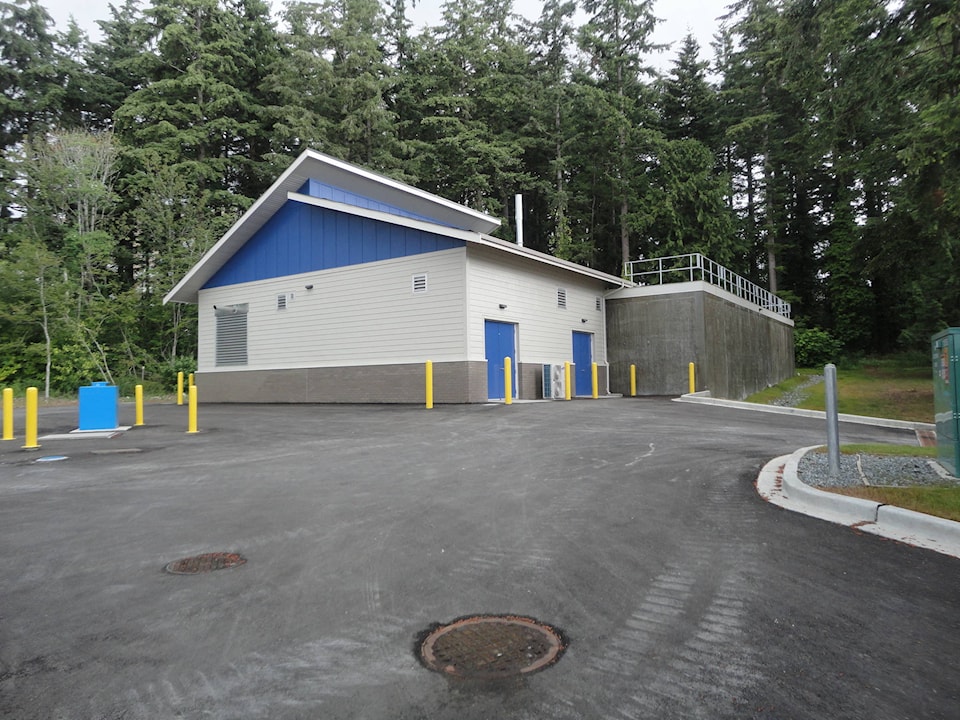First in a three-part series about humanity’s relationship with its most vital resource – water.
Two thousand years ago, a mid-Eastern sect, the Elchiastes, not only knew that water was essential to life, but they also venerated it.
We, too, know its importance, but rather than venerating it, we take it for granted. After all, our area receives about 130 cm of precipitation each year with only a dry spell – not a drought – in mid-summer.
Forgive the pun, but there are clouds on our horizon: it’s not long ago that White Rock and Epcor had a severe water-quality problem; the Semiahmoo First Nation reserve has a history of poor water quality and quantity issues; the Duprez ravine can flood disastrously; aging pipes leak lead into the flowing water; and wells in our area have problems with arsenic contamination. Walkerton is a not-very-distant memory.
READ MORE: Semiahmoo First Nation to have safe drinking water
READ MORE: White Rock water concerns rising
Compared to the international scene, our problems are minor. As Himalayan glaciers recede, flow in the Indus river will diminish, raising concerns in India and Pakistan over water allocation; one third of China’s wells in the northwest have gone dry and the water table in northern China is dropping by about one metre a year; southern Africa is drought-stricken; and access to Jordan River water is a major cause of dispute in the Near East.
These are global problems, which could well escalate into significant conflicts. Indeed, it has been said that the next world war will be about water.
This continent has problems, too, and some of them affect Canada. It’s not a concern here that the Colorado River is a mere trickle where it flows into Mexico because so much has been drawn off in the United States, but there’s a message here for us. The U.S. is getting thirsty.
The southwestern states are using such provocative terms as “ecological aggression” to castigate northern states and their reluctance to export water; beaches along the Great Lakes’ shores frequently carry warning signs “Unfit for Swimming,” and these waters are the source of drinking water for millions of Americans.
Much more relevant to our interests are the North American Water and Power Alliance (NAWAP) and Great Replenishment and Northern Development Canal Concept (GRAND) schemes.
Both, with enormous, but uncalculated, environmental and financial costs are in abeyance, but have not been clearly abandoned. NAWAPA would divert the Peace and other rivers southwards through the Rocky Mountain Trench into the United States, while GRAND would divert water from James Bay through the Great Lakes into the Mississippi basin.
It has been estimated that restricting the flow of fresh water into James Bay would delay melting there to the point that it would maintain a cold-air mass over the area big enough to harm the southern Ontario soft-fruit orchards.
How will Canada respond when the U.S. comes seeking access to our abundant fresh water?
Past experiences with Nestlé were not happy, but new, more precise regulations and a spirit of collaboration have ameliorated the situation. Local access to our water is assured.
Dr. Roy Strang writes monthly on the environment for the Peace Arch News.
